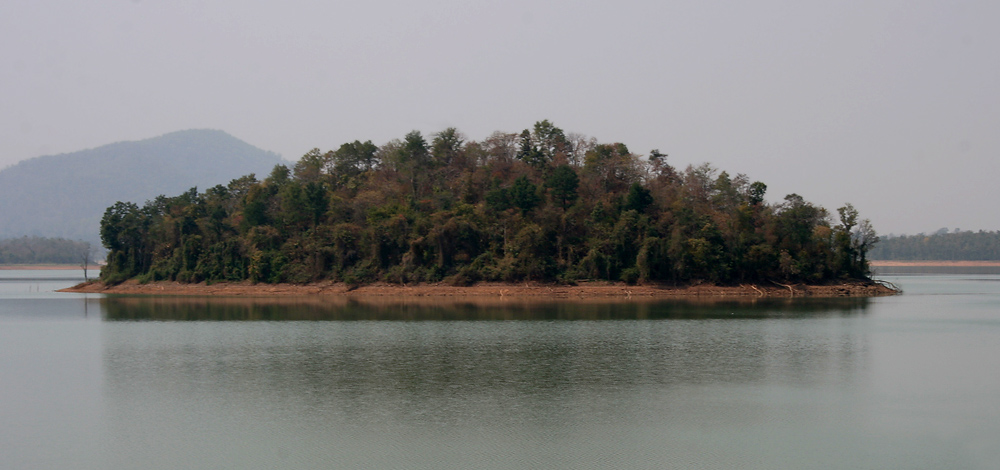The Thousand Pillar Temple stands as a profound testament to the intricate narrative of devotion, architectural mastery, and personal redemption within the rich tapestry of Kakatiya history. Located in Hanamkonda, Telangana, this extraordinary temple represents far more than a mere architectural marvel—it embodies a complex story of fate, spiritual transformation, and cultural resilience.
The temple's origin is deeply intertwined with the poignant personal history of Rudra Deva, a Kakatiya ruler whose life was marked by an extraordinary prophecy and a tragic encounter with his own father. Born under a prediction of patricide, Rudra was abandoned as a child at the Swayambhu Temple, where he was raised and trained as a warrior. The pivotal moment of his life came when he unknowingly fatally wounded his own father during a misunderstood confrontation, an event that would shape his subsequent spiritual journey.
Constructed between 1163 and 1235 AD, the temple emerges as a magnificent embodiment of Rudra Deva's quest for spiritual redemption. Its star-shaped design and three distinct shrines dedicated to Lord Shiva, Lord Vishnu, and Lord Surya represent a unique architectural and spiritual conception. The intricate dolomitic rock and black granite construction, crafted by skilled Kakatiya Vishwakarma Sthapathis, showcases an extraordinary level of architectural sophistication that has withstood centuries of historical turbulence.
The temple's architectural significance extends beyond its physical structure. Featuring meticulously carved pillars, perforated screens, exquisite icons, and a monolithic dolerite Nandi, it represents a sublime fusion of Chalukyan and early Kakatiyan architectural styles. Each element tells a story, each carving represents a cultural narrative, transforming the temple from a mere religious structure into a living historical document that speaks of artistic excellence and spiritual depth.
Throughout its long history, the Thousand Pillar Temple has witnessed significant socio-political transformations. Desecrated during the Tughlaq dynasty's invasion of the Deccan, it was later supported by the 7th Nizam of Hyderabad, Osman Ali Khan, who provided crucial grants for its reconstruction. Today, under the careful maintenance of the Archaeological Survey of India, the temple continues to stand as a resilient symbol of cultural preservation and historical continuity.
The temple's spiritual significance is profoundly embodied in its concept of Trikutalayam—the unity of three deities representing different cosmic energies. This architectural and theological innovation reflects the complex philosophical understanding of divinity prevalent during the Kakatiya period. The inclusion of Lord Surya, diverging from the traditional Trinity, highlights the nuanced spiritual exploration that characterized this remarkable era of Indian cultural history.
Beyond its architectural and spiritual dimensions, the Thousand Pillar Temple represents a broader narrative of the Kakatiya dynasty's cultural patronage. A civilization known for its robust support of art, architecture, and religious expression, the Kakatiyas created monuments that transcended mere physical structures, becoming repositories of collective memory and cultural identity. The temple's potential UNESCO World Heritage site status further underscores its exceptional global cultural significance.
In the contemporary context, the Thousand Pillar Temple continues to captivate visitors, scholars, and spiritual seekers alike. Its meticulously maintained grounds, restored architectural elements, and profound historical narrative invite exploration and contemplation. More than a tourist destination, it remains a living testament to human creativity, spiritual quest, and the enduring power of architectural expression—a silent narrator of a complex, nuanced historical journey that continues to resonate across generations.


